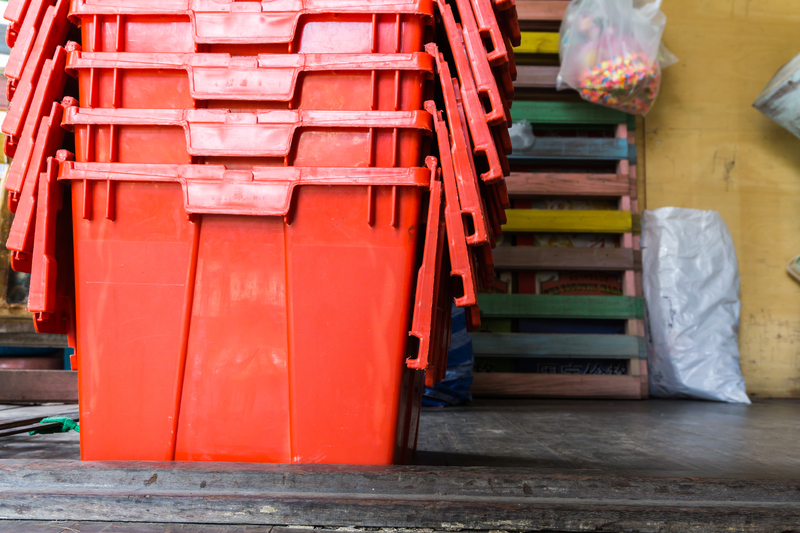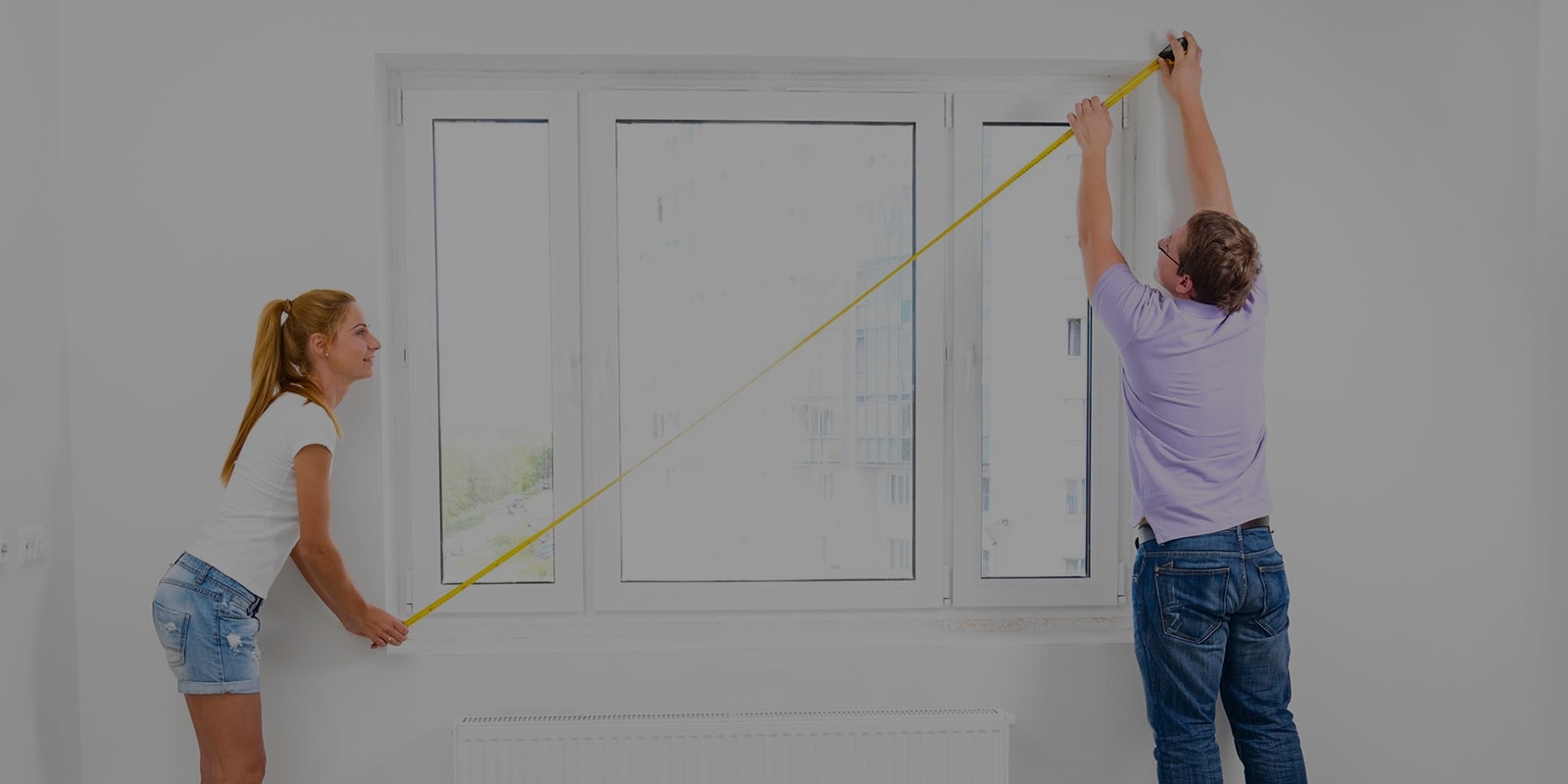Professional Tips for Sofa Storage Success
Posted on 21/05/2025
Professional Tips for Sofa Storage Success
Sofas are more than just pieces of furniture; they're a vital part of any living room, a centerpiece of comfort, and often a significant investment. Whether you're relocating, renovating, or simply looking to free up space, storing your sofa correctly ensures its longevity and keeps it looking its best. In this comprehensive guide, we'll cover professional tips for sofa storage success so you can protect your prized piece and avoid common pitfalls. With expert advice, helpful checklists, and actionable strategies, you'll master the art of storing sofas like a pro.
Why Proper Sofa Storage Matters
Improper storage can lead to irreversible damage. Sofas stored in damp environments may develop mold or fungi, leather can crack, and cushions may lose their shape. Investing time in preparing, packing, and positioning your sofa ensures it emerges from storage in the same pristine condition it entered, ready to continue serving as a staple in your home.
- Prevents structural damage due to environmental factors like humidity and temperature swings
- Protects upholstery--whether fabric or leather--from stains, dust, and pests
- Maintains comfort and appearance for a seamless reintroduction into your living space

Step 1: Preparing Your Sofa for Storage
Before you move your sofa into storage, proper preparation is crucial for long-term success. This step-by-step process will ensure you don't skip important details.
1. Clean Thoroughly
- Vacuum every surface, paying special attention to crevices and the underside, where debris and crumbs accumulate.
- If your sofa has fabric upholstery, use an upholstery cleaner suitable for the material. For leather sofas, opt for a specialized leather cleaner and conditioner to maintain suppleness.
- Allow to dry completely before packing--storing a damp sofa is a recipe for mold and mildew.
2. Disassemble if Possible
- Remove cushions, pillows, and slipcovers. Store them separately in breathable bags or bins.
- Dismantle detachable parts (legs, armrests) if your sofa is modular or allows safe disassembly. This decreases the risk of breakage and makes transportation easier.
3. Protect All Surfaces
- Wrap your sofa in moving blankets or thick cotton sheets to shield against dust and scratches.
- Avoid using plastic covers directly on the fabric. Instead, use plastic sheeting over a fabric layer to allow for air circulation and prevent moisture buildup.
Step 2: Choosing the Right Storage Environment
The storage environment has a significant impact on your sofa's well-being. Here are the key factors to consider for sofa storage success:
-
Climate Control:
- Temperature and humidity fluctuations can ruin fabrics and warp wood.
- Climate-controlled storage units are ideal for keeping conditions stable and protecting against extreme weather.
-
Cleanliness & Security:
- Select a unit that is clean, pest-free, and secure.
- Check for signs of leaks, rodents, and insects before moving your sofa in.
Pro Tip: If using a garage or basement, elevate your sofa with pallets or bricks to keep it away from potential water damage--even if the floor seems dry.
Step 3: Moving and Storing the Sofa Safely
Moving your sofa is more than just lifting and shifting. Utilize professional-grade equipment and proven techniques to safeguard your furniture and avoid injury.
Safe Lifting Techniques
- Enlist help. Sofas are heavy and awkward; don't attempt to move them alone.
- Use furniture dollies, sliders, or straps to minimize physical strain and maneuver the sofa safely.
- If navigating stairs or tight corners, measure carefully ahead of time to prevent getting stuck or damaging walls.
Important! Always lift with your legs, not your back, and wear work gloves for a better grip.
Storing the Sofa
- Don't stack heavy items on your sofa. Pressure points can cause sagging or permanent dents in cushions and frames.
- Position your sofa on wooden pallets or foam blocks to keep it off the ground and help with airflow.
- Allow space around your sofa. Adequate ventilation helps prevent must and mildew. If possible, leave a few inches between your sofa and the walls of the storage unit.
Step 4: Special Considerations for Different Sofa Types
Not all sofas are created equal. Storage tips for couches, sectionals, leather sofas, and more vary based on materials and construction.
Fabric Sofas
- Use breathable covers. Cotton, linen, or wool breathes better than plastic, reducing risk of condensation on fabric.
- Store cushions and pillows separately to help maintain their shape.
Leather Sofas
- Apply leather conditioner before storage to prevent cracks and dryness.
- Never use plastic wrap directly against leather; it can trap moisture and cause mold.
Sectionals & Modular Sofas
- Disassemble sections whenever possible.
- Label each section to simplify reassembly after storage.
Sofa Beds & Recliners
- Ensure the mechanism is in the closed position. This reduces stress on hinges and springs.
- Cover moving parts with soft cloth to prevent dust and corrosion.
Step 5: Regular Checks and Maintenance
Storing your sofa doesn't mean forgetting about it completely. Periodic checks are vital to storage success.
- Visit your storage unit every 1-2 months to check for mold, pests, or moisture.
- Reapply fabric or leather protectors if needed, especially for long-term storage.
- Adjust protective covers for optimal airflow and dust protection.
Top Mistakes to Avoid When Storing Sofas
Even the most experienced movers can slip up. Watch out for these common sofa storage mistakes:
- Not cleaning the sofa thoroughly. Dirt and crumbs can invite pests and cause stains over time.
- Using plastic directly on upholstery or leather, which causes condensation and mold.
- Stacking heavy boxes on top. This warps the frame and damages cushioning.
- Neglecting climate control. Extreme temperatures can wreak havoc on fabrics and woods alike.
- Leaving the sofa on a concrete floor. Moisture can creep up, especially in basements or garages.
Avoiding these missteps is key to long-term sofa storage success.
Professional Resources and Services
If you're unsure about any stage of the sofa storage process, professional help is available! Here's how expert movers and storage companies can make your experience smoother:
- Movers can safely disassemble and transport your sofa, reducing your risk of injury or property damage.
- Reputable storage facilities offer climate control, security, and insurance for peace of mind.
- Furniture restoration experts can repair minor damages before and after storage.
Investing in professional services is often worth it when dealing with valuable or delicate sofas.
Preparing Your Sofa for Its Return
When the time comes to reintroduce your sofa to your home, reverse the preparation process:
- Remove all protective coverings and air out the sofa in a well-ventilated room.
- Clean the sofa again to remove any dust collected in storage.
- Inspect for any hidden damage or smells. Catch issues early for easier fixes.
- Reassemble carefully, ensuring all parts and hardware are secure.
This extra care ensures your sofa is ready for many more years of comfort and service.

FAQs about Sofa Storage Success
How long can I store a sofa without damage?
With the right conditions, a sofa can remain in good storage for years. Climate control, regular checks, and proper coverings are essential for long-term sofa storage success.
Is it safe to store a sofa in a garage?
It depends on the garage. If it's dry, secure, and you use pallets to elevate the sofa, it can work for short-term storage. For valuable or delicate pieces, a climate-controlled storage facility is always best.
Which materials need the most care during storage?
Leather and antique wooden frames are highly sensitive to humidity and temperature changes, while fabric sofas need breathable covers to prevent mildew.
How do I prevent odors and mold in sofa storage?
Thorough cleaning and full drying before storage--plus adequate ventilation and climate control--are key to preventing both odors and mold growth.
Summing Up: The Keys to Professional Sofa Storage Success
Storing your sofa is not just about moving it out of sight--it's about ensuring it's ready for use when you need it again. By following professional tips for sofa storage success, including thorough cleaning, proper packing, choosing the right environment, regular checks, and considering special needs for different sofa types, you'll keep your furniture safe, hygienic, and looking as good as new.
Don't let poor storage turn a cherished sofa into a restoration project. Apply these expert strategies, and enjoy peace of mind knowing your sofa is in the best possible hands--even in storage!







